Simagic P1000
Benefits
- Very good quality of manufacture
- Modular crankset in LC and hydraulic versions
- Optional haptic feedback motors on each pedal
- Good value for money
Disadvantages
- Price easily climbs depending on configuration
- The finish, which sometimes leaves something to be desired on certain elements
Our rating : 9.2/10
Simagic is a must-have sim-racing brand, but it’s struggling to make inroads in France. It has to be said that the problem lies not with the brand itself, but rather with its authorized distributors, who are not very active on the marketing front.
Nevertheless, more and more sim-racing enthusiasts are beginning to take notice of Simagic, and the brand is slowly gaining momentum. As far as its catalog is concerned, the Chinese manufacturer offers a range that touches on just about every motorsport discipline, from GT racing to F1, not forgetting touring as far as steering wheels are concerned. As far as bases are concerned, it’s much more complete, especially with the appearance of the new Evo range. And of course, Simagic also offers pedalboards in its sim-racing catalog.
Currently, there are 3 pedalboards with different configurations available to suit your budget and preferences. In the following, we have the P1000 on our sim-racing setup to test and give you our opinion on it. This pedalboard covers the middle of Simagic’s range, with the P500 at the entry level and the P2000 at the top.
Main features and technical specifications of the crankset
- Entire structure in aluminum, including pedals, arms and stand
- Highly customizable peripheral with LC or hydraulic brake system
- Available in 2 or 3 pedal versions, with haptic feedback motors added to each pedal.
- Magnetic sensor on all pedals
- 100 kg braking pressure, with LC or hydraulic system
- Spacing and angle-adjustable pedals
- Compatible with PCs and all Simagic databases
- Compatible with virtually all chassis thanks to the Fanatec ClubSport V3 wheelbase or mounting pattern
Design
As usual in our tests, we start with the design of Simagic’s P1000 pedalboard. Visually, the color that dominates this device is a kind of dark gray, or light black if you prefer, with elements in red. The latter is found on a plate on the front of the pedals reading “Keep Racing”, and also on the resistance mechanisms. Personally, I’d get rid of the Keep Racing because it’s a bit too much.
As for the rest of the P1000, it’s a device that I find very handsome overall. The pedal plates come in different sizes, which should help you differentiate them by foot. And if you take the option of haptic motors, you’ll have a nice box above each pedal, behind the plate, in black with red accents.
Customized assembly
Given that the P1000 is a basic Load Cell crankset with hydraulic option, floor-mounting is out of the question because of the force required to brake. And that brings us to chassis mounting. As I said in the main characteristics of the crankset, the P1000 uses the wheelbase of the Fanatec ClubSport V3, making it compatible with virtually all cockpits on the market.
As for assembly, it’s easy enough on the whole, with 4 fixing points at the four corners of the crankset. However, Simagic also offers other mounting systems for mounting the crankset on chassis, notably with brackets on the sides.
Handling can be a problem. One of its drawbacks is the finish, which leaves a little to be desired on certain elements, such as the exposed wiring. As a result, I suggest you take care when installing the P1000 to avoid damaging it.
Manufacturing and finishing
Let’s talk a little about the finish of this pedalboard, but first let’s take a look at its build quality. The P1000 rests on an all-metal structure, with aluminum pedals. It’s very well made, with materials that are premium, and also durable like the plate where all the pedals rest.
However, and I don’t understand why Simagic took this route, the finish is not up to scratch. At 90%, the P1000 is a quality device, well finished in terms of assembly and paintwork. Except that all the electronics and wiring are visible, and in places that are not at all strategic. The pedal cables, for example, are at the front, and if your foot slips, it’s going to hurt the communication. And the same goes for the PCB, which is located underneath the main plate, with exposed cables and no protection whatsoever. You just have to be very careful when handling this pedalboard, especially when installing it, to avoid damage.
Bottom bracket settings
On this point, Simagic has made up for lost time by offering a host of settings on its P1000. You’ve got pedal spacing, plate angle, Load Cell and so on. There really are a whole host of physical adjustments that can be made with this Simagic P1000.
As for the software, everything runs through SimPro Manager, including calibration, curve, curve stop and a host of other software settings. It’s very complete, I’d even say professional, and it’s all saved with the option of activating settings according to the game launch you’re doing. This means you can have a profile for Assetto Corsa, another for RFactor, iRacing and so on. Honestly, my hat’s off to you, because I love it.
Sensations during play
As I said earlier, Simagic’s P1000 is available in several versions, including Load Cell and hydraulic. So, depending on your choice, the sensations under your foot could vary slightly or drastically according to your tastes.
Having been able to test both, because the hydraulic version is an add-on if you like, it’s not an entirely different pedal, I noticed that there wasn’t that big a difference between the LC and the hydraulic in absolute terms.
In LC, the feel is good, as can be found on other competing cranksets. The pedal has good travel, both at the start and at the stop, especially when you have different elastomers. Pedal feel is very linear, pleasant even, with a slight softness at the start of travel, as found on more or less all LC cranksets.
As far as the hydraulic version is concerned, I didn’t notice much difference from the LC version because this crankset is a kind of hybrid. You have the initial stroke in hydraulic, and then elastomers take over to provide more resistance at the end of the stroke. In concrete terms, the feel is pretty good, but slightly below that of a full-hydraulic crankset.
Compatibility
As for compatibility, the P1000 is supported by all Simagic bases, with only the PC platform for this pedalboard. Not much of a change from other Simagic products, or any brand operating in the high-end sim-racing market for that matter.
Value for money
Even if the P1000 starts at €600, the bill quickly becomes steep if you tick all the boxes on this Simagic crankset. In full option, expect to pay over €1,000 with hydraulics, haptic feedback and clutch pedal.
But if you option the P1000 right, I think it’s pretty good value for money. Just don’t tick all the pedalboard boxes, that’s all, unless you need to, and then it’s a whole different story.
My verdict
Simagic’s approach to the P1000 is rather atypical. Between its hybrid hydraulic system and its many options, this crankset is a good sim-racing peripheral. It’s not the best in its class, of course, but it’s not last on the list either.
As I said in the “value for money” section, try to choose the P1000’s options carefully to get a good crankset that doesn’t cost an arm and a leg. The feel is very convincing, with good build quality, even if the finish leaves a little to be desired in some respects. All in all, it’s a crankset I’d be happy to recommend.

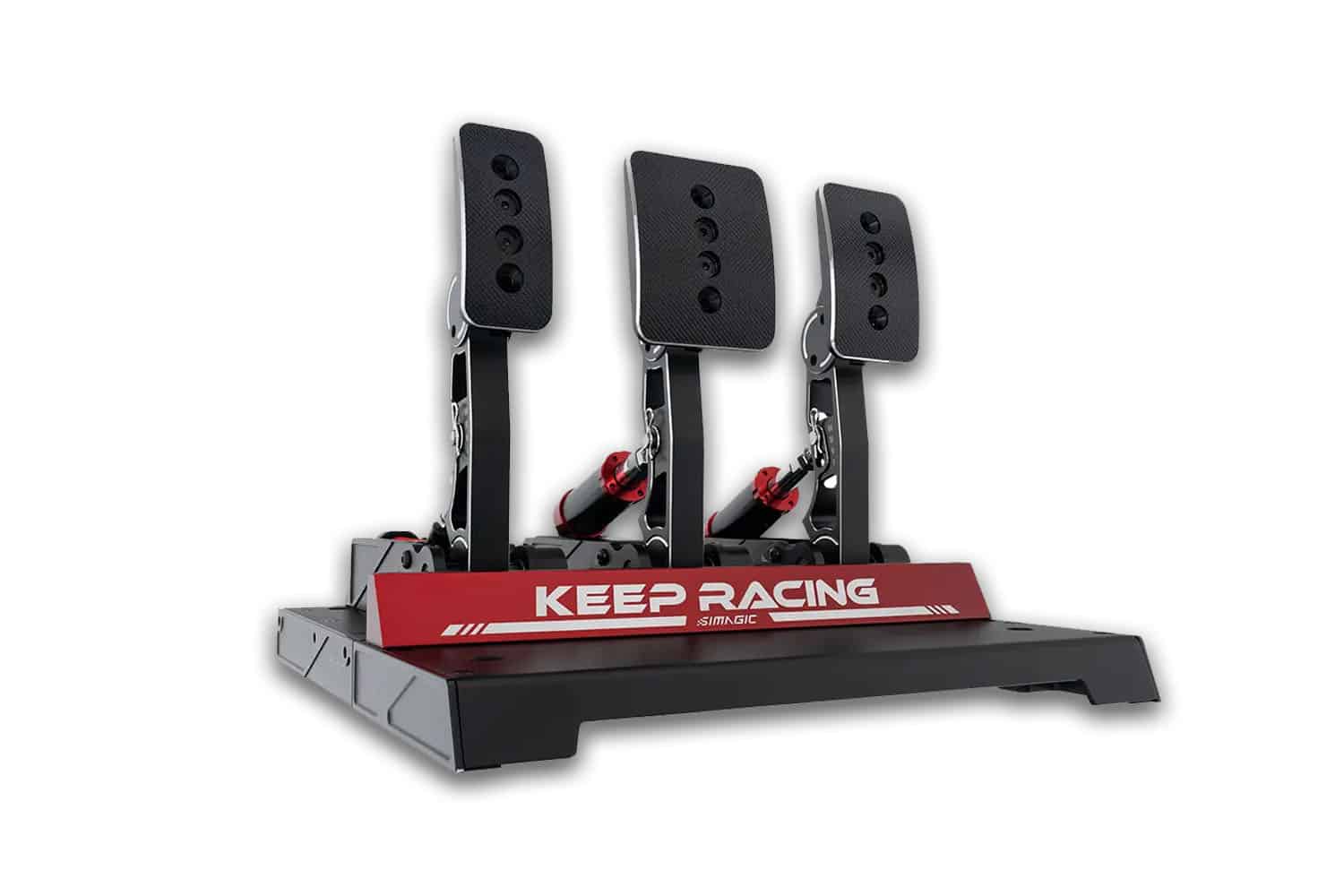
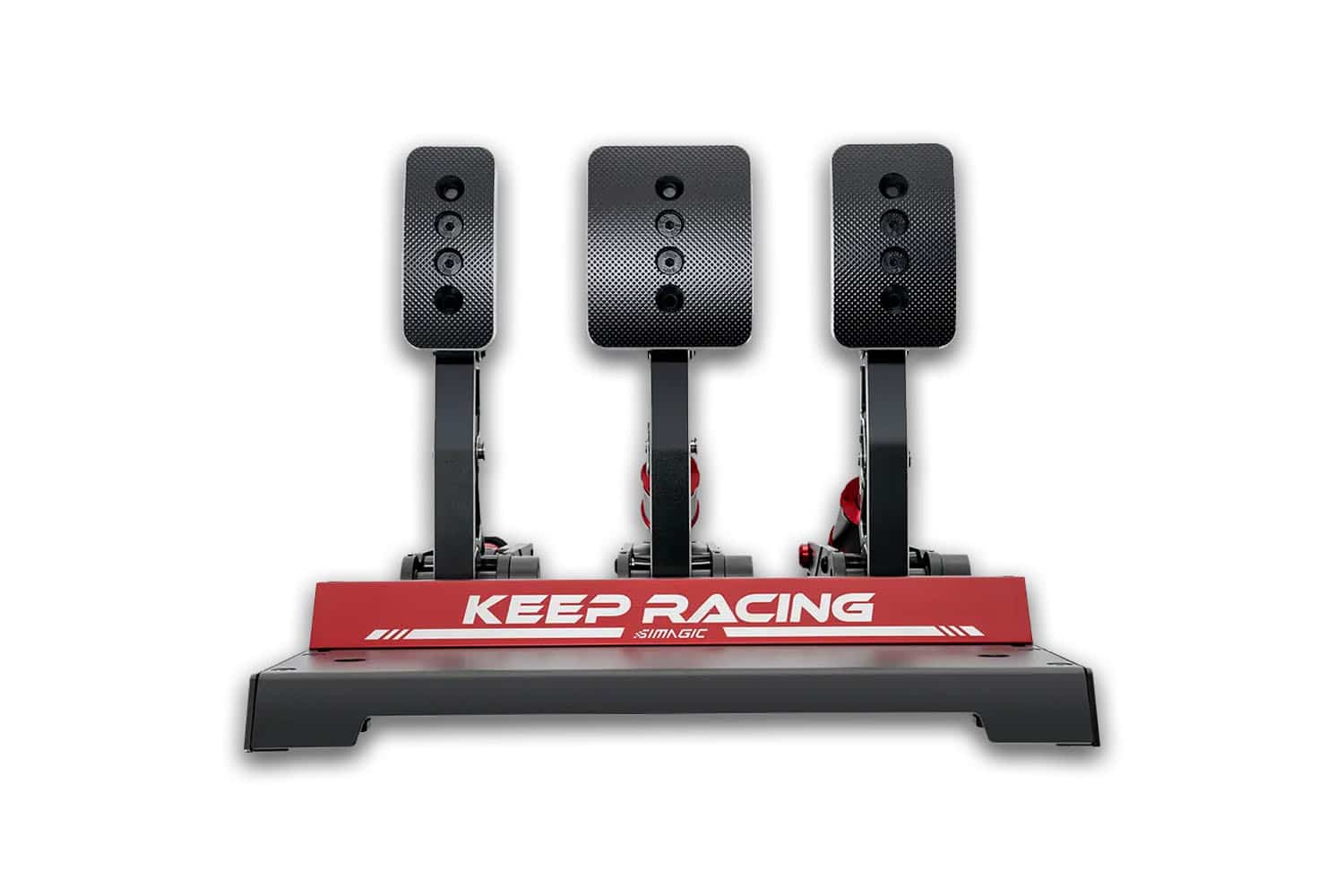
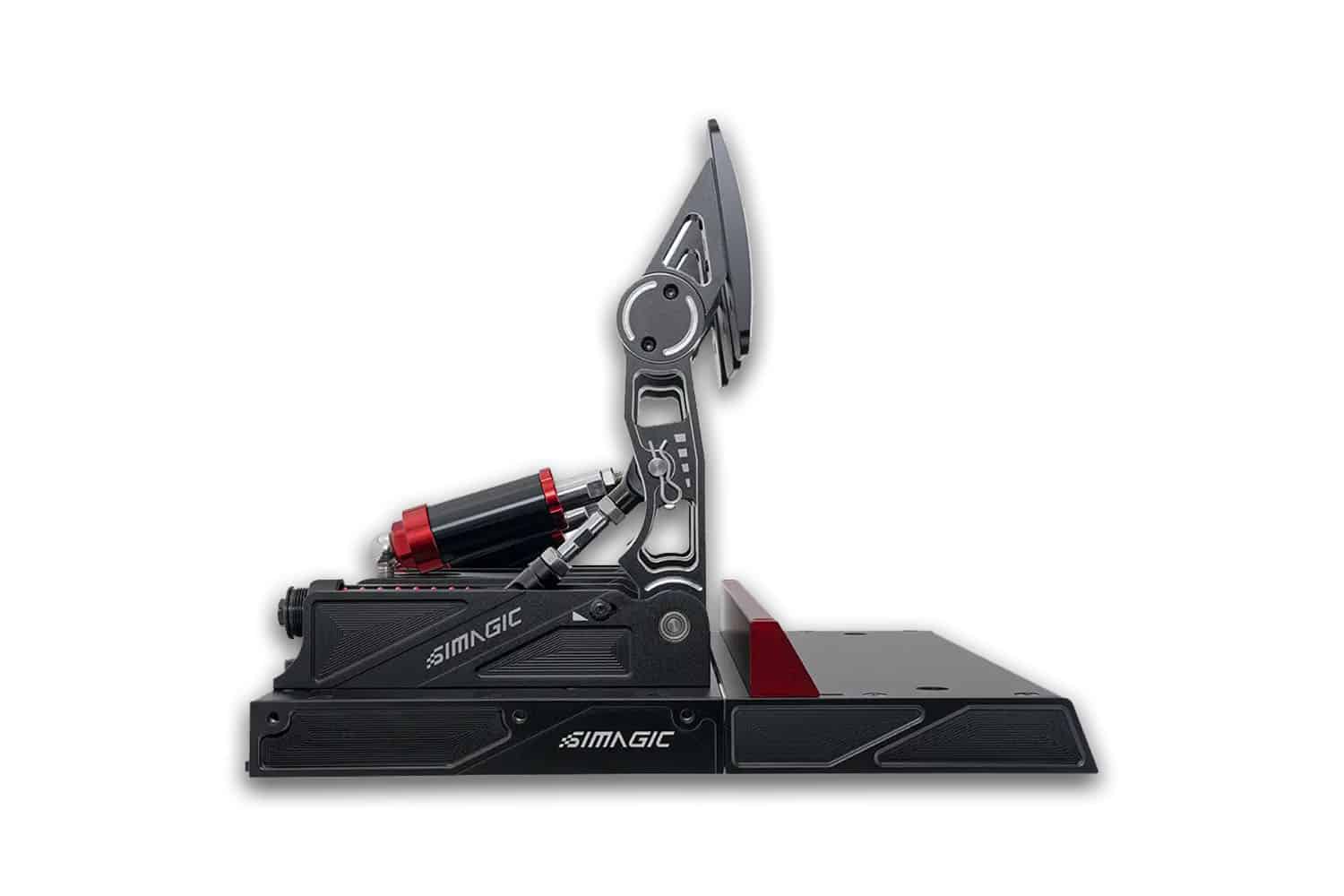


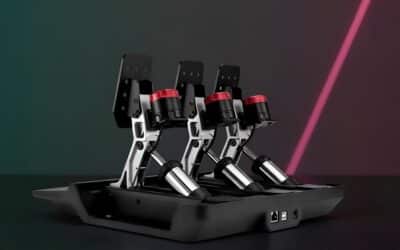
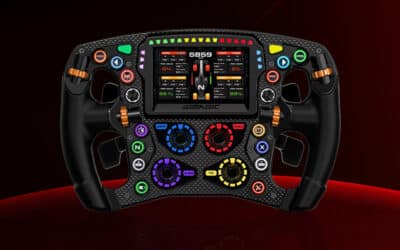
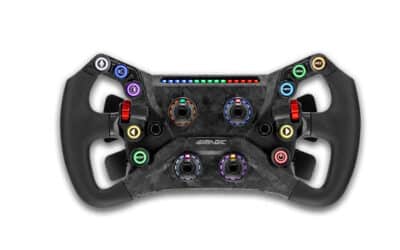

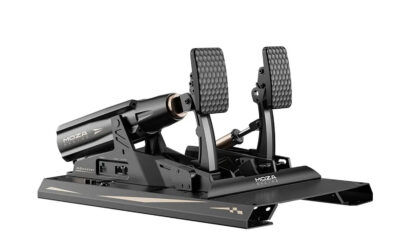
0 Comments